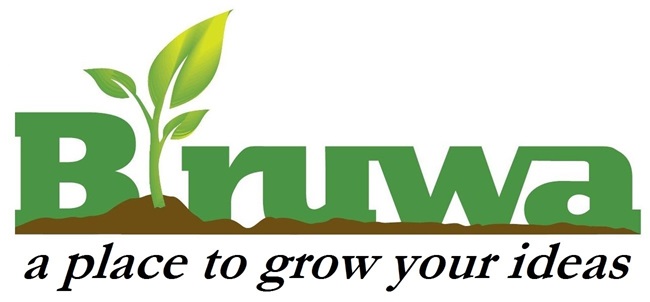
Does your business have a disaster recovery plan for a natural disaster?
August 22, 2017
Nepal Government helping Women Entrepreneurs with Loans
October 27, 2017How are restaurant businesses in Nepal suffering from cost overrun?
Until a decade ago, hospitality industry in Nepal used to significantly rely on foreigners in Kathmandu. However, we are witnessing a shifting trend in eating habits of Nepali people – they are now eating out more often and prefer non-Nepali food when they do. This might be due to the increase in disposable income of people. The food craze among the Nepali people has increased, which can be seen with the popularity of different food blogs, food related Instagram pages and Facebook pages in Nepal.
Currently, there are more than 400 restaurants and cafes serving different cuisines in Kathmandu itself. With this trend shift, we can assume that this food craze and culture will increase in coming days. Considering this, opening a restaurant or a cafe is seen as a good business opportunity for entrepreneurs to explore. But we have to understand that with every opportunity there comes a risk.
One of the risks while operating a business is cost overrun. 3 out of 5 businesses have cost overrun in the first year of operation and this trend continues thereafter. Cost overrun is a general phenomenon in any business, which holds true for restaurant business as well. Therefore, if you are thinking of starting a restaurant, you should consider some of the factors affecting cost overrun in the restaurant business.
Optimism bias
During mentorship session in Biruwa we have realized that most entrepreneurs tend to fall in love with their idea. They have optimism bias that the idea will work, without understanding actual investment needed, feasibility of their business and so on. They love their idea so much that they reflect this bias while preparing the budget as well. Rather than being realistic, they tend to modify the budget as per their fund availability. So, when they actually start the business, the cost tends to get higher than anticipated, which could lead to direct failure of business.
Change in business model
Many times investors are so confident about their business model and tend to think that it will work smoothly, which might not be the case for every business. As there is a gap between planning and execution, entrepreneurs are forced to change their business model, which eventually leads to higher investment requirements. For instance, there is a restaurant that wasn’t serving coffee items initially but had to add a coffee machine due to an extremely high demand from the customers. This lead to a change in their business model, which resulted in cost overrun. Had the restaurant owners assessed the need of their target segment carefully beforehand they could have avoided such cost overrun scenarios.
Lack of experience
The nature of restaurant business is quite different from other businesses in the sense that restaurant projects do not have a completion period. Though it would take some time to build an infrastructure, the estimation of a budget is for the continuous operation of the business rather than just the opening of the business. Therefore, in its long tenure, restaurants could have so many hindrances or barriers that could obstruct smooth operation of the business. Unlike other businesses, consideration of working capital needed for daily operations is crucial for restaurant businesses. Due to lack of experience of investors they tend to calculate the bulk amount and ignore those small but vital components of expenses, which could lead to cost overrun.
Lack of proper planning
In most cases, it is not only due to lack of experience of investors but lack of proper planning that triggers cost overrun. Many experienced individuals in the field tend to ignore the importance of proper planning and budgeting, which increases the amount of labor, resources and other materials needed at the time of execution. Due to lack of proper organizational structure and a vision for growth, the need for investment changes. This leads to increase in expenses and capital expenditure, which can be avoided with proper planning.
Business and regulatory environment
Another major problem faced by restaurant businesses is that a lot of the small players involved are extremely susceptible to government policies. In case of Nepal, due to lack of stability in the government, policies keep changing unexpectedly and it creates a huge impact on businesses. For example, when the government recently created a provision for businesses to be legally registered in a government agency for sale and distribution of tobacco items. The law, if properly implemented, could seriously hamper a restaurant’s business. Due to such unstable government policies, cost of operating business rises significantly affecting overall operations of business.
Despite the proven importance of cost minimization in internal operations of a restaurant, it is common to see a restaurant failing or struggling to maintain the initial projection cost. Anyone who wants to get involved in restaurant business rather than being overly optimistic about the idea, should be practical enough to know the ground realities. They can also consult with experts who have knowledge in this industry or can have partners who have prior experience. To avoid cost overrun scenarios, a business should be flexible enough to adapt to changing business environment. No matter which business you choose to start, you should consider the importance of proper planning and the effect of business and regulatory environment.
However, despite the preparedness, sometimes cost overrun might also be due to bad luck and natural disasters, where events like earthquake, flood and blockade might occur unexpectedly which are beyond anyone’s control. But for this too, if the business has proper planning, then the possibility of cost overrun can be minimized to a great extent.

